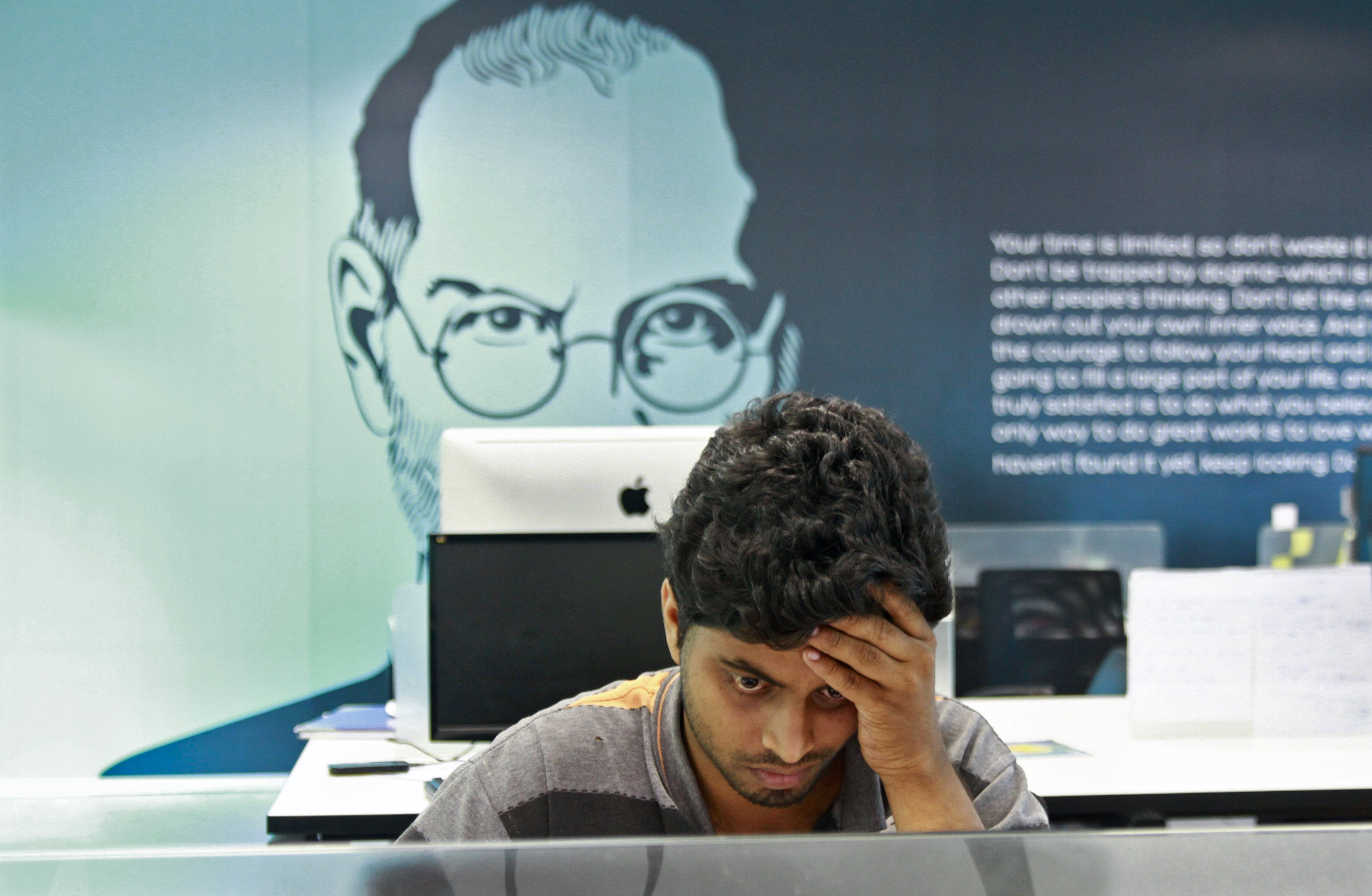BY UNA GALANI
Indian unicorns will feast on richer pastures in 2019. Restaurant search firm Zomato, ride-hailing firm Ola and hotel-rooms aggregator Oyo are leading the charge overseas by the country’s largest tech companies. A complex home market, a big diaspora and deep-pocketed backers will ensure success rarely achieved by Asian startups in farflung lands.
Those that have made it on the subcontinent, notching up valuations of over $1 billion in perhaps the most challenging and diverse of large markets, are agile, and well placed to scale up elsewhere. Their technology is unusually robust, suitable for patchy telecom coverage, offering multiple payment methods and a host of services for different income groups.
Familiarity with English helps, too. Ola, for one, is pushing into Australia and Britain. Innovations like a loyalty programme have helped keep at bay its $76 billion U.S. rival, Uber. Oyo is adding the equivalent of an entire AccorHotels chain, Europe’s largest, to its stock of rooms each year. It expects to be the biggest hotel brand in the world by 2020, as it advances into China.
Ola claims 150 million regular riders across 110 local cities, a large chunk of the market it can reasonably service, given less than one third of India’s 1.3 billion people have a smartphone. That’s more than the population of the United States, but low internet penetration remains a brake on growth for platforms leveraging technology to provide easy transport, clean hotels or a trendy place for dinner. By contrast, China’s Didi was in many more cities before it ventured overseas. The support of wealthy foreign investors like Japan’s SoftBank, its affiliate Vision Fund, and China’s Ant Financial, is also encouraging Indian startups to think big.
Crucially, richer markets will help to plump the bottom line to win at home too. Even if the cut of fees demanded by Zomato or Ola is close to the take-rate in India, the absolute amount they can pocket per a delivery or taxi ride is higher almost anywhere else, because of the country’s low per-capita income. There’s a second windfall too: Australians eat out about 10 times more every month than a middle-class Indian. For many of these success stories, pushing overseas is as much about survival as it is about ambition.
First published Dec. 18, 2018.
